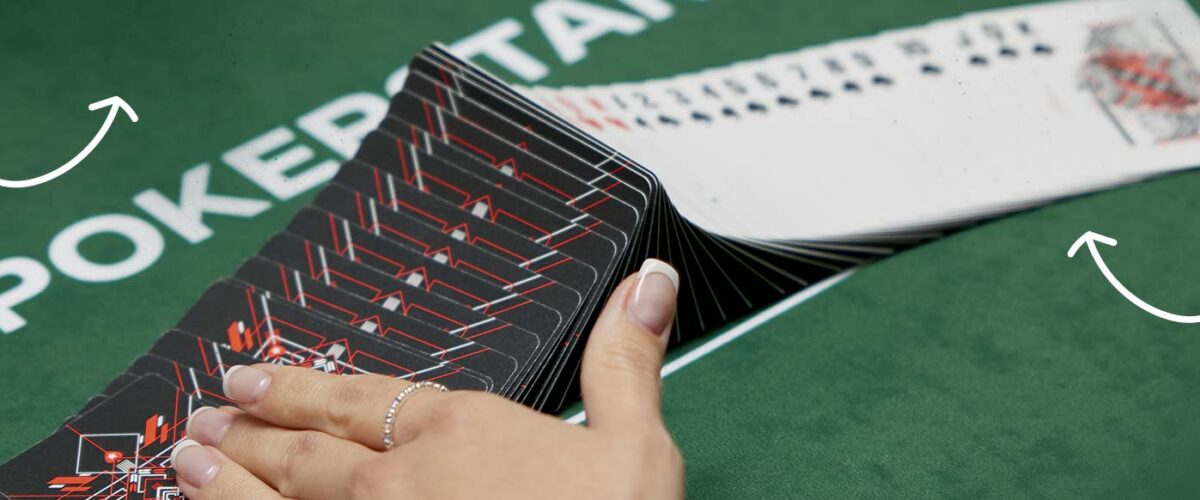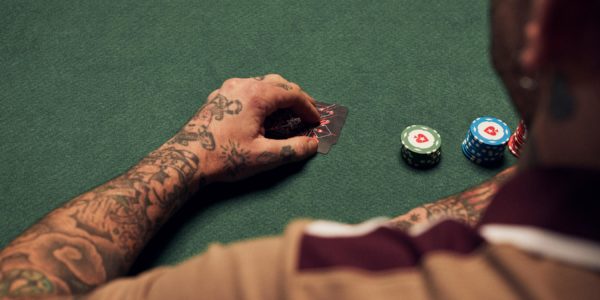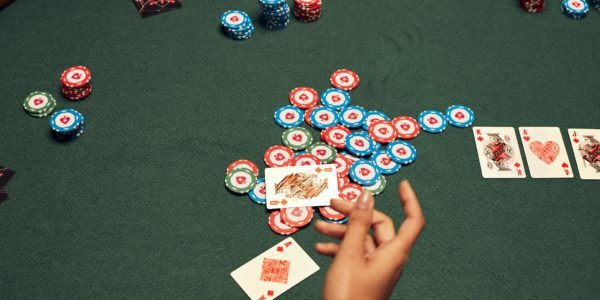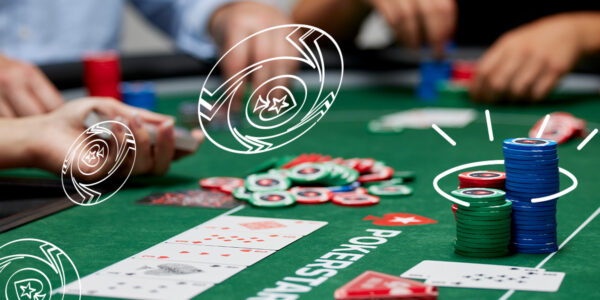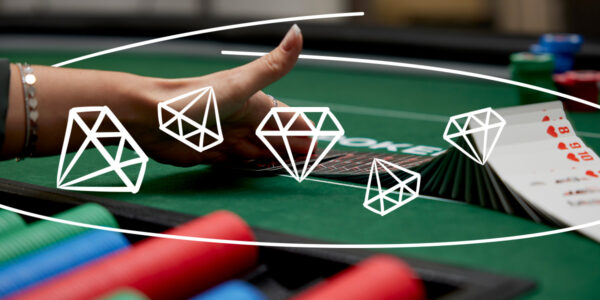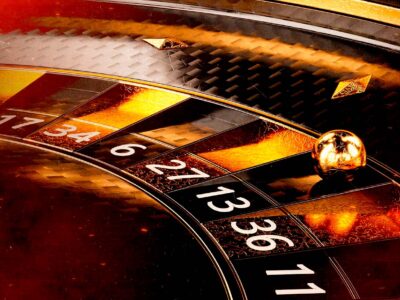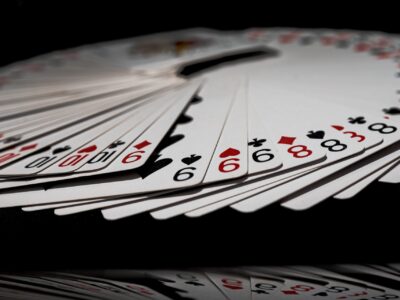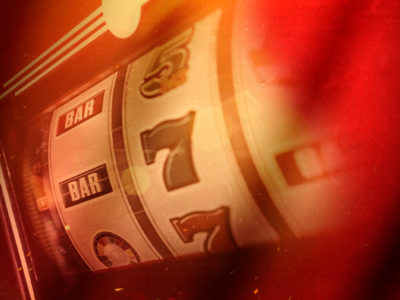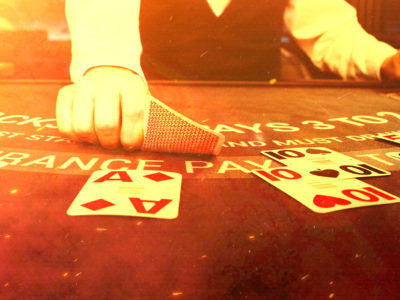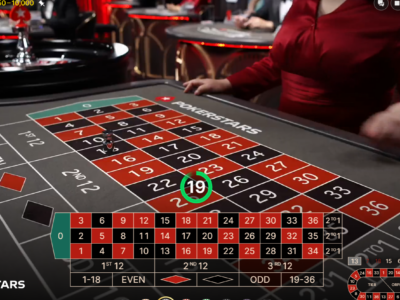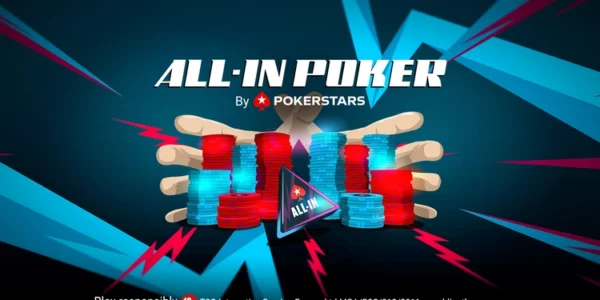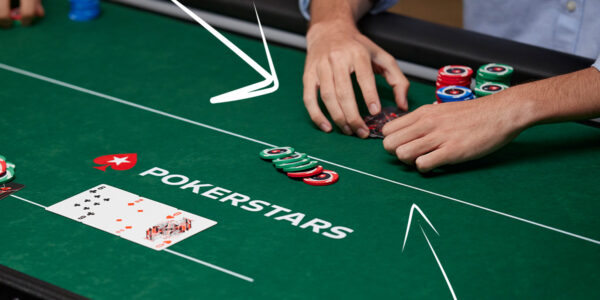5 different ways to pull off a bluff
Broadly speaking, there are two types of bet in poker – value bets and bluffs. A value bet is made when you believe you have the best hand and are looking to extract chips from your opponent. A bluff is a bet made when you are likely to have the worst hand but have a good chance of getting the other player to fold.
Bluffing also helps to protect and balance your value betting ranges. If you only ever bet when you have a made hand, it becomes incredibly easy for opponents to fold when they are behind. By including bluffs in your range, your bets become less predictable.
It’s not easy to make the perfect bluff. It requires timing and an understanding of your opponent’s hand range, tendencies, and many other factors that govern how often they call or fold.
So, when and how should you attempt to make other players fold? Here are five different ways to pull off a bluff.
Preflop shoving and blind stealing
Bluffing starts preflop. Technically, anyone could still win the pot if the hand goes to the flop, but you’re looking to take down blinds and win pots without a fight. You’ll do this with a wide range of hands, including very strong hands and weaker hands that will function as bluffs.
Position is the absolute key to preflop bluffing, especially when it comes to shoving with a short stack. The less players that are left to act, the more likely it is you’ll be able to get them to fold.
For example, you have ten big blinds and the action folds around to you preflop in the small blind. The player in the big blind has around 20 big blinds. You have some fold equity and the opponent is known to be tight when it comes to calling off chips.
You decide to shove and your opponent folds. You pick up one big blind plus the antes and recuperate your small blind for a profit of around two big blinds, an increase of 20 percent of your stack.
Notice that I didn’t reveal your hand in the example. In this case, you’ll be shoving strong pairs, broadways, suited aces and kings, and, if your opponent is very tight, potentially any two cards.
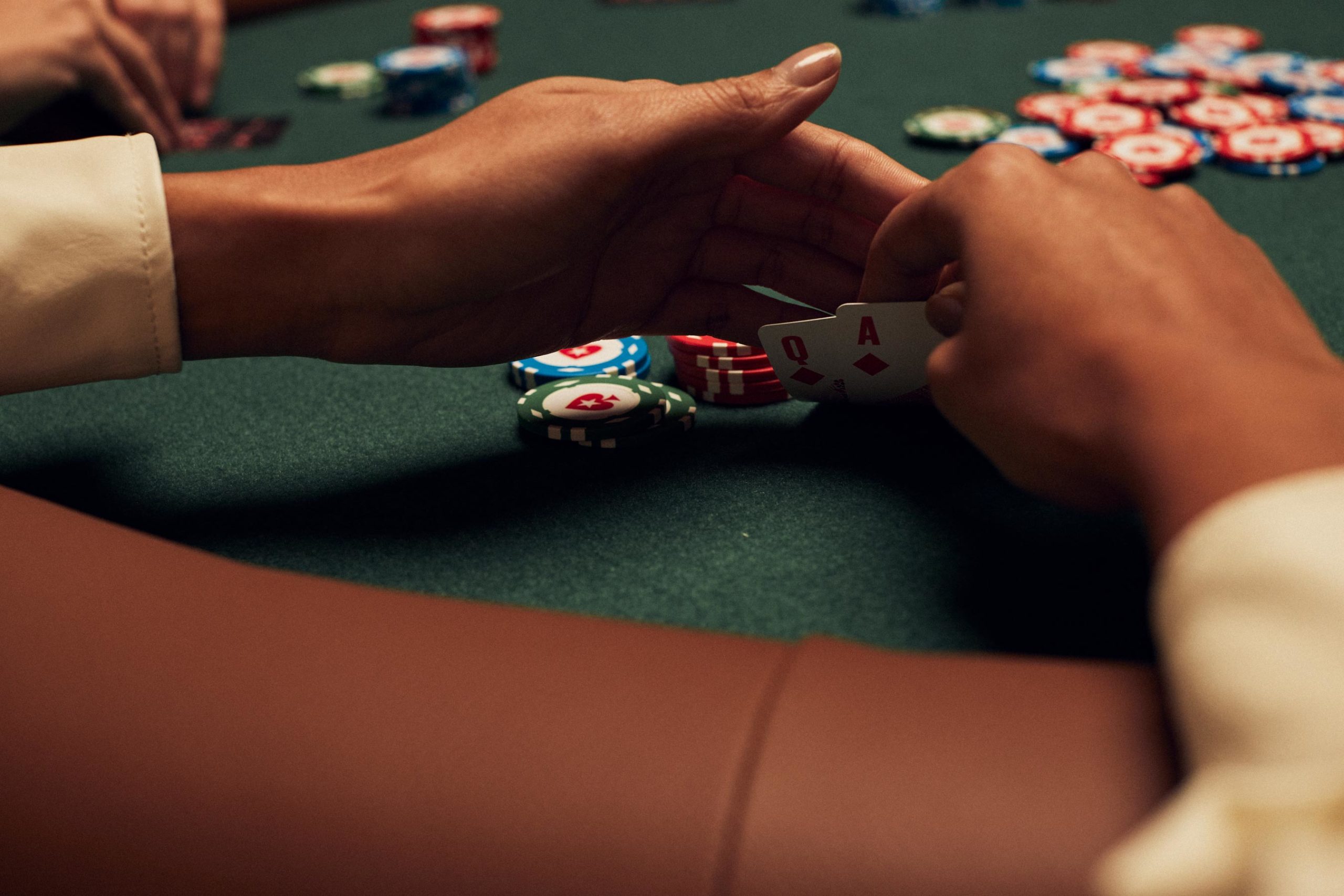
Preflop three-betting
On weaker tables, you might be able to get away with being the only player who is making loose raises and shoves. When competing in a stronger field, other players will also be vying for those blinds and looking to win pots preflop.
To counter players who are open raising wide, you can utilize the three-bet as a bluff. Three-betting is a great way to build pots when you have a strong hand, but they can also be used to apply pressure to someone who is opening weak hands.
They won’t have the odds to call with the bottom of their range and if they do start calling too wide you can follow up the three-bet with a bet on the flop.
Depending on the opponent and situation, you can three-bet with all sorts of hands ranging from premium pairs to complete bluffs. Again, bluffs balance your range while giving you an opportunity to take down a big pot preflop. It’s also easy enough to fold if your opponent four-bets.
For example, an aggressive player has raised nearly half of their hands in the last few orbits, looking to steal pots and run over the table. They raise from middle position and you are sitting on the button with J♦ 9♦ , not a strong hand but one that can flop well.
You decide to three-bet as a bluff. You raise it up to around 3x the original raiser’s bet and they fold.
Continuation betting the flop
If you are the preflop aggressor, either by raising or reraising, the player who called will often check to you. That gives you the option of whether or not to make a bet. It pays to bet a high frequency of flops with both value hands and bluffs.
Opponents will hit the flop an average of one-third of the time. Even if they hit, they might not be able to continue with their weaker pairs. This is why c-betting as a bluff is so effective.
Of course, you can’t bluff every time. Some of the time, other players will have hit enough of the board to call and you’ll be bleeding chips. If you bluff too much, they may also work out that you are c-betting too often and start calling light.
Still, if the board texture hits your range, your opponent folds too often, or you have enough equity to improve on future streets, it’s usually worth bluffing the flop. It’s a small risk to win a small pot.
For example, you raise from the button with Q♥ 10♥ and your opponent calls in the big blind. The flop comes A♣ 2♦ 2♥ . It’s a very dry ace-high board.
Your opponent checks and you decide to make a bet. It will be difficult for the villain to call without an ace and his range doesn’t contain as many aces as yours. They fold and you scoop the pot.
When considering whether or not to c-bet as a bluff, it’s worth thinking about how you will act on the turn if they decide to call. Depending on the turn card, will you give up or fire again?

Semi bluffing with a draw
Draws are among the best hands to bluff with. Even if you are called, you’ll have at least some equity in the hand. You’ve got a chance to improve on the turn or river by completing a flush or straight. If you do, you stand to win an even bigger pot.
This is how you give yourself two ways to win in poker. By betting draws, even slim draws such as backdoors or overcards, you force other players to make tough decisions. Sometimes you’ll win the pot there and then. Sometimes you’ll get called, but can still turn a monster.
For example, you raise with 10♦ 9♦ from middle position and are called by the player on the button. The flop comes 8♦ Q♣ 2♦ . In this case, you have flopped a flush draw and gutshot straight draw. It’s a great spot to bluff, as you can represent the queen while having outs to catch up.
You make a bet of 2/3 of the pot and your opponent calls. The turn is the Q♥ . You have missed, but decide to fire out again, still representing a strong made hand like a queen. Your opponent thinks for a while and then mucks his hand, giving you the pot.
Now let’s say that your opponent calls your turn bet in the given example. By this point, you’re worried that they have you badly beat and likely have a queen. You’re ready to give up on the river until it comes the J♠ , completing your straight.
Your opponent could still have you beat with a full house, but you decide to push all in on the river for a pot sized bet. They call and show trip queens. You scoop a big pot by turning your semi-bluff into a value hand when it hits.
Bluffing the river
The river presents a unique situation when it comes to bluffing. By this point in the hand, there’s no way either you or your opponent can improve. You can’t semi-bluff the river, as draws that failed to complete are now busted and someone has already made the best hand.
If you suspect that your opponent has the best hand, then it’s time to decide whether to bluff or fold. Often, folding is the correct play. Especially if the other player has demonstrated that they have a very strong holding and are not afraid to put chips in the middle.
But then again, you can turn nothing into something by bluffing the river. If you get the sense the other player is unsure of where they stand. And you can tell a story that convinces them they are beat. Then a successful river bluff can win you huge pots and instantly increase your win rate. Get it wrong and it’s equally costly!
Experienced players even know how to turn made hands into bluffs if they feel they are behind.
For example, you raise preflop with J♣ 10♠ and your opponent calls in the big blind. The flop comes 10♣ Q♥ 2♦ . It’s an okay flop for you. You have middle pair, which will be the best hand some of the time, but it’ll be difficult to get value from less. They check and you check behind.
The turn comes a 5♣ , which shouldn’t change much, but your opponent fires out a large bet of ¾ pot. You wearily call, reluctant to give up medium pair, but suspicious your opponent might be value betting a queen after missing value on the flop.
The river is the A♠ . This is a great card for you! It doesn’t improve your hand, but it’s unlikely to improve your opponent’s either. If they do have a queen, they’re not going to like seeing the ace, as you could have just paired up, made two pair, or even a straight.
They check. You could check to showdown and hope that your jack is ahead, but you think you can get most of their queen-x hands to fold. You make a large river bet and they fold.
There are lots of ways to pull off bluffs in poker. Look out for opportunities to force opponents out of the action so that you can take down pots even when you don’t have the best hand.
View Other Blogs



